I recently launched the Nikola Tesla Research & Development Centre via Patreon.
http://www.patreon.com/TeslaTurbo
Some of the content is available now.
The project is still open source but patrons get it early to thank them for their financial contribution to enable the technology to be supported.
As time goes on and more patrons join I would like to significantly reduce the monthly cost.
http://www.patreon.com/TeslaTurbo
Some of the content is available now.
The project is still open source but patrons get it early to thank them for their financial contribution to enable the technology to be supported.
As time goes on and more patrons join I would like to significantly reduce the monthly cost.

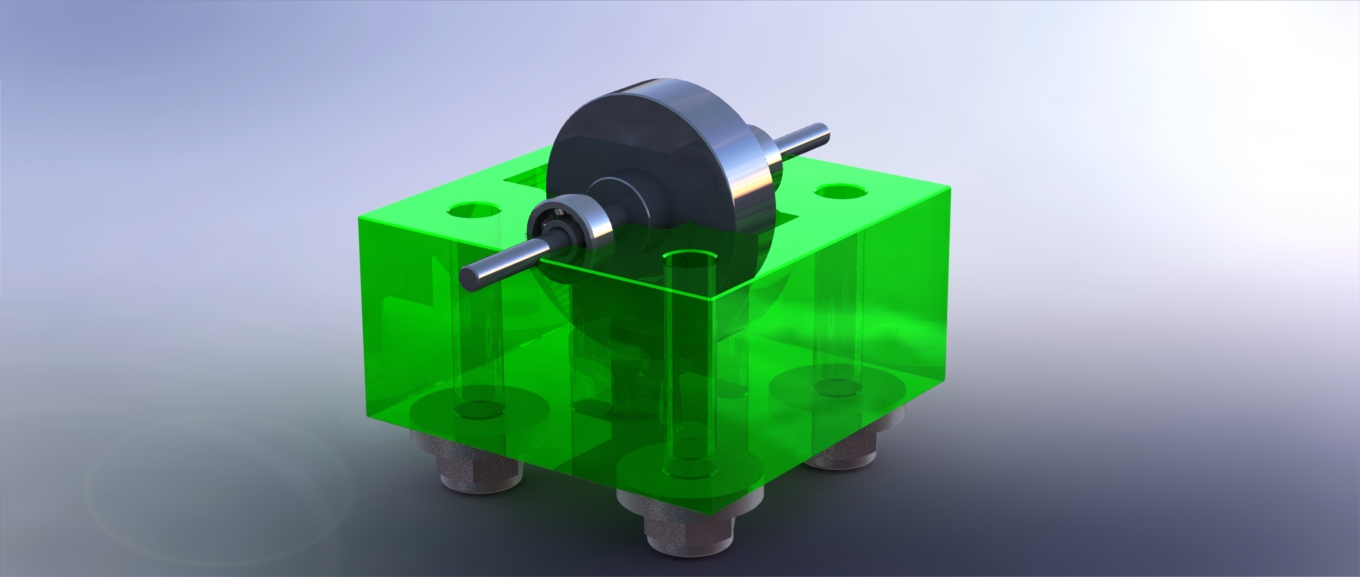
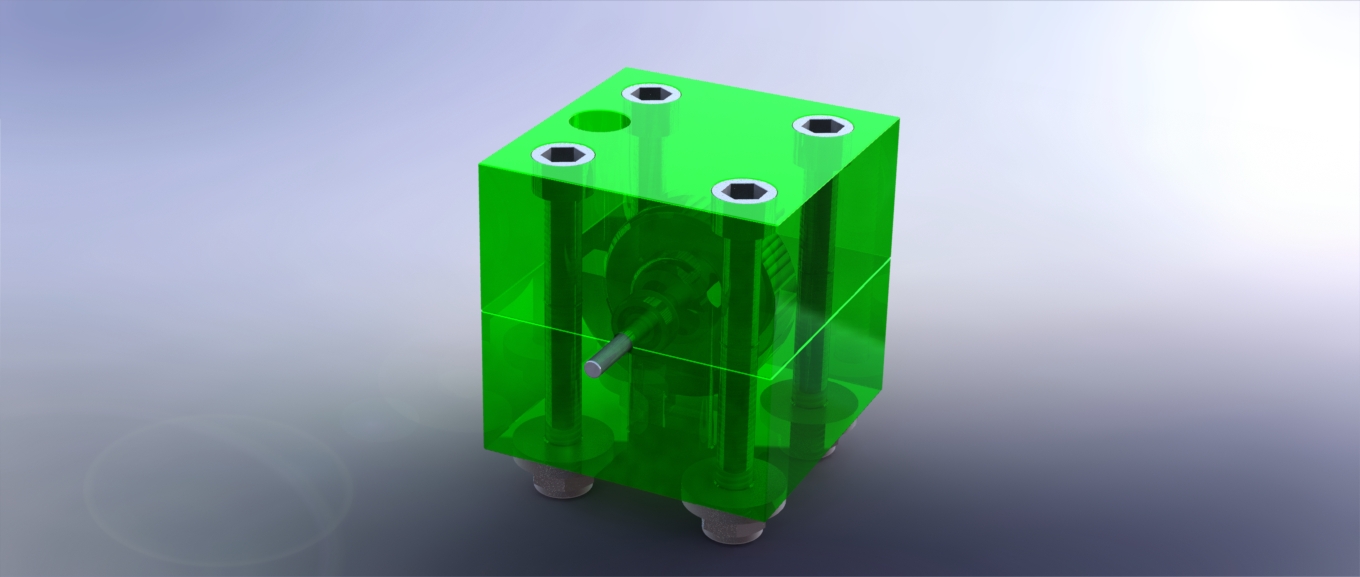

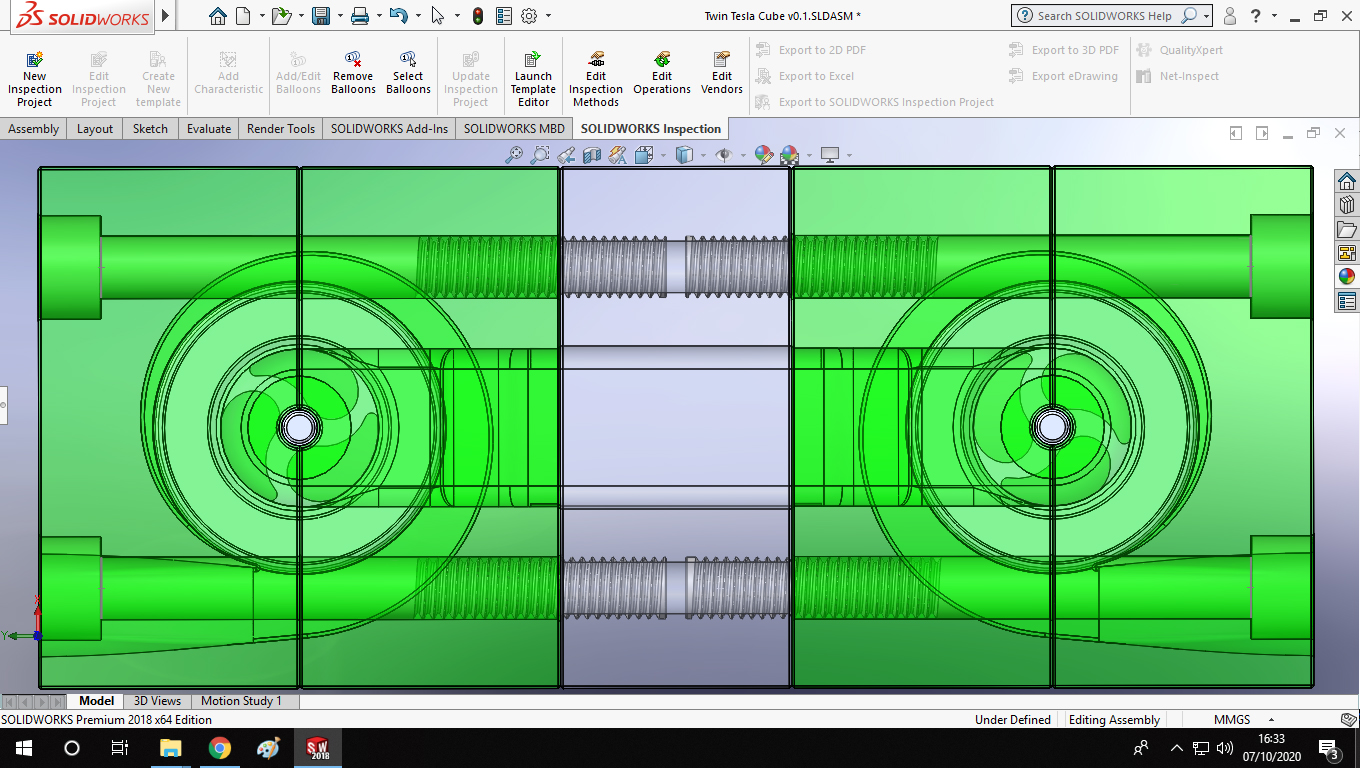
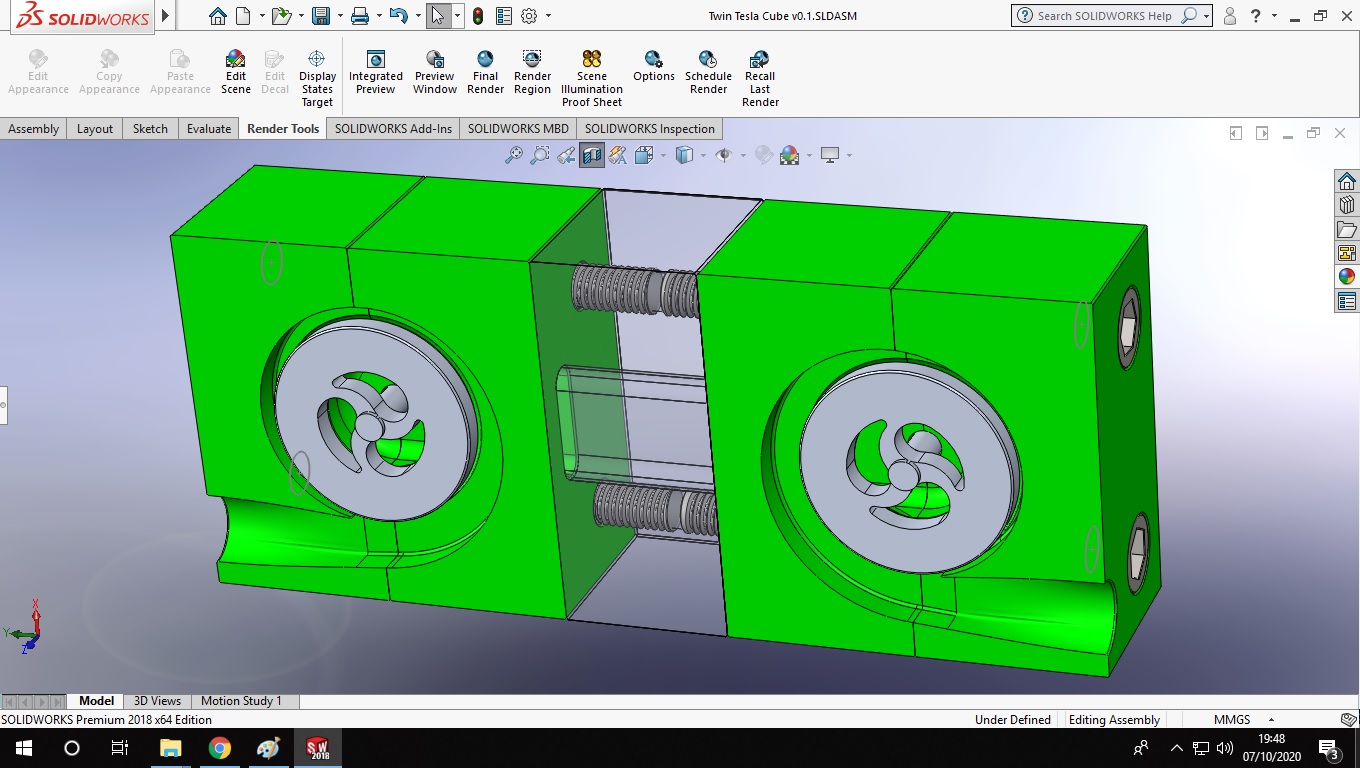
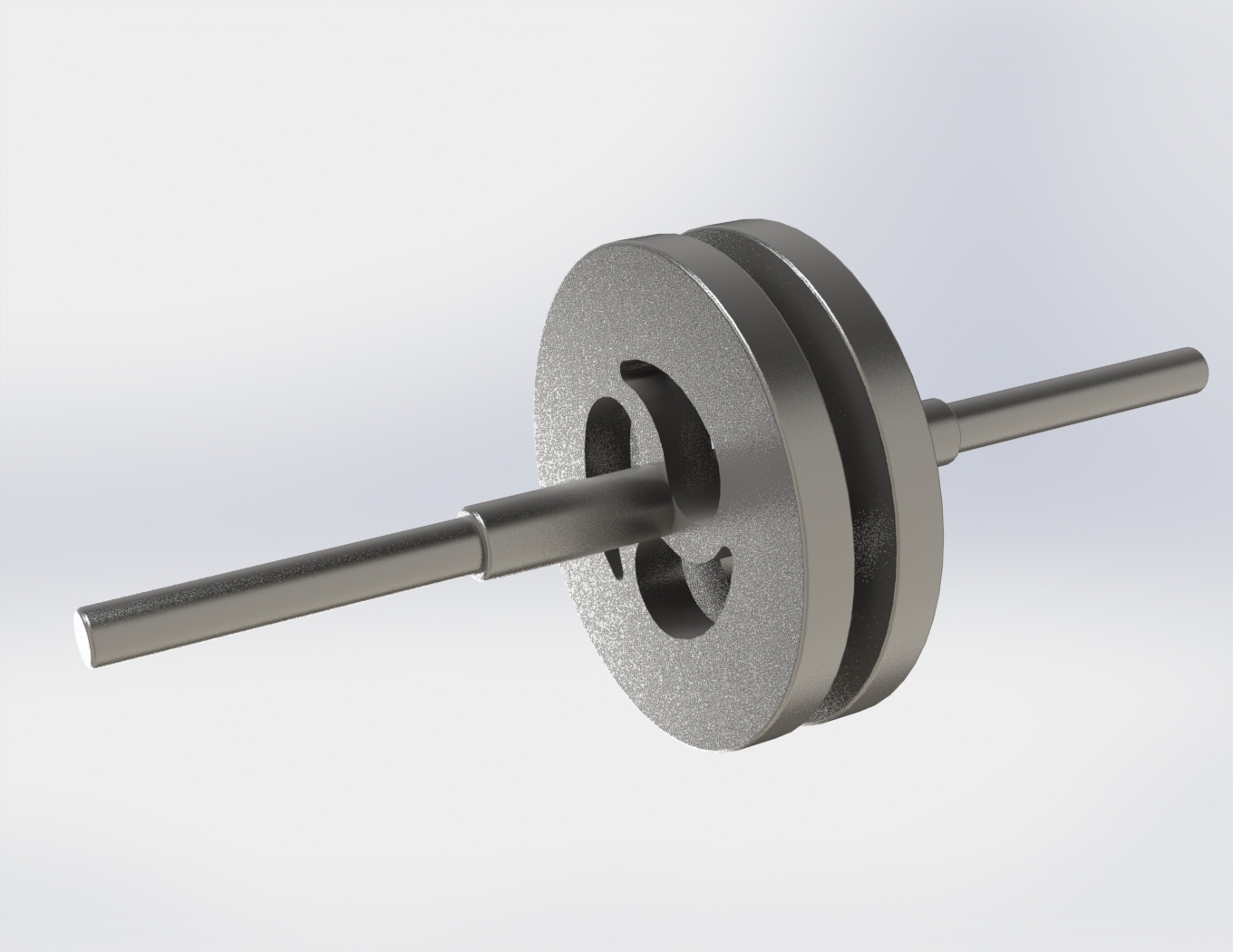
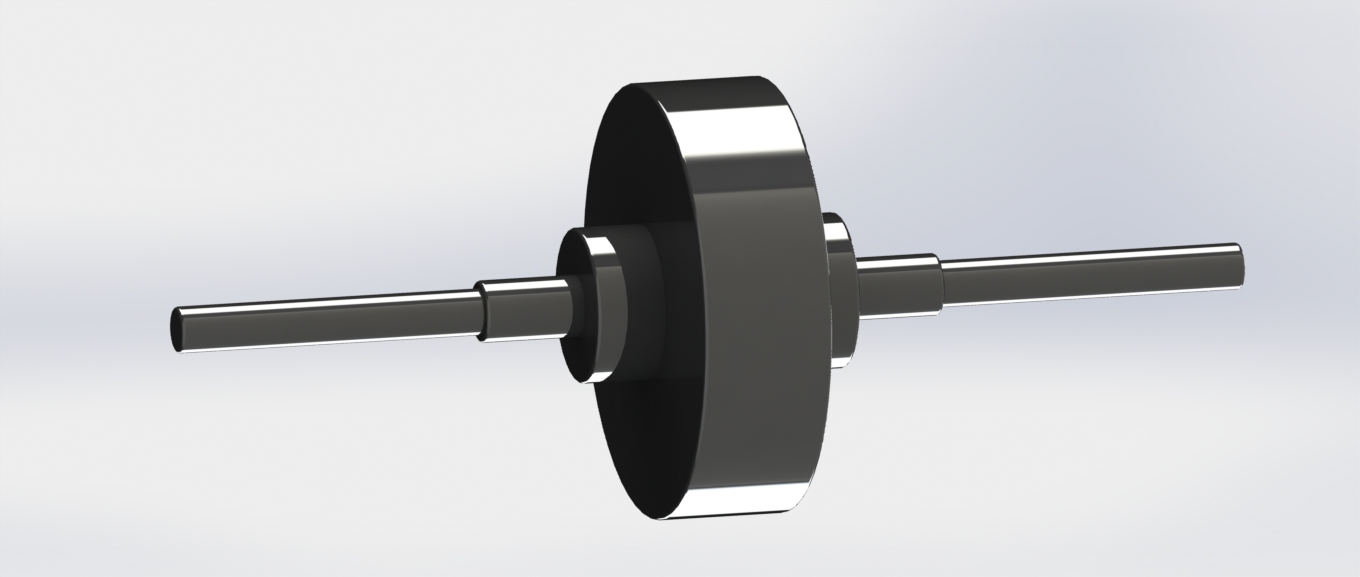
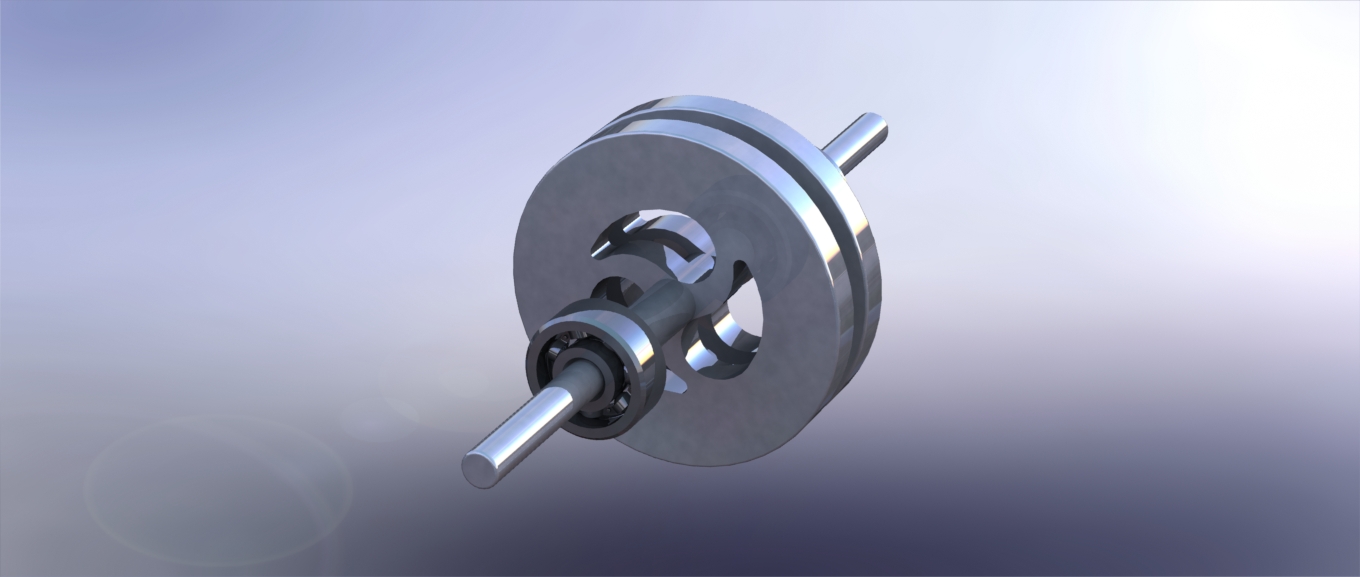
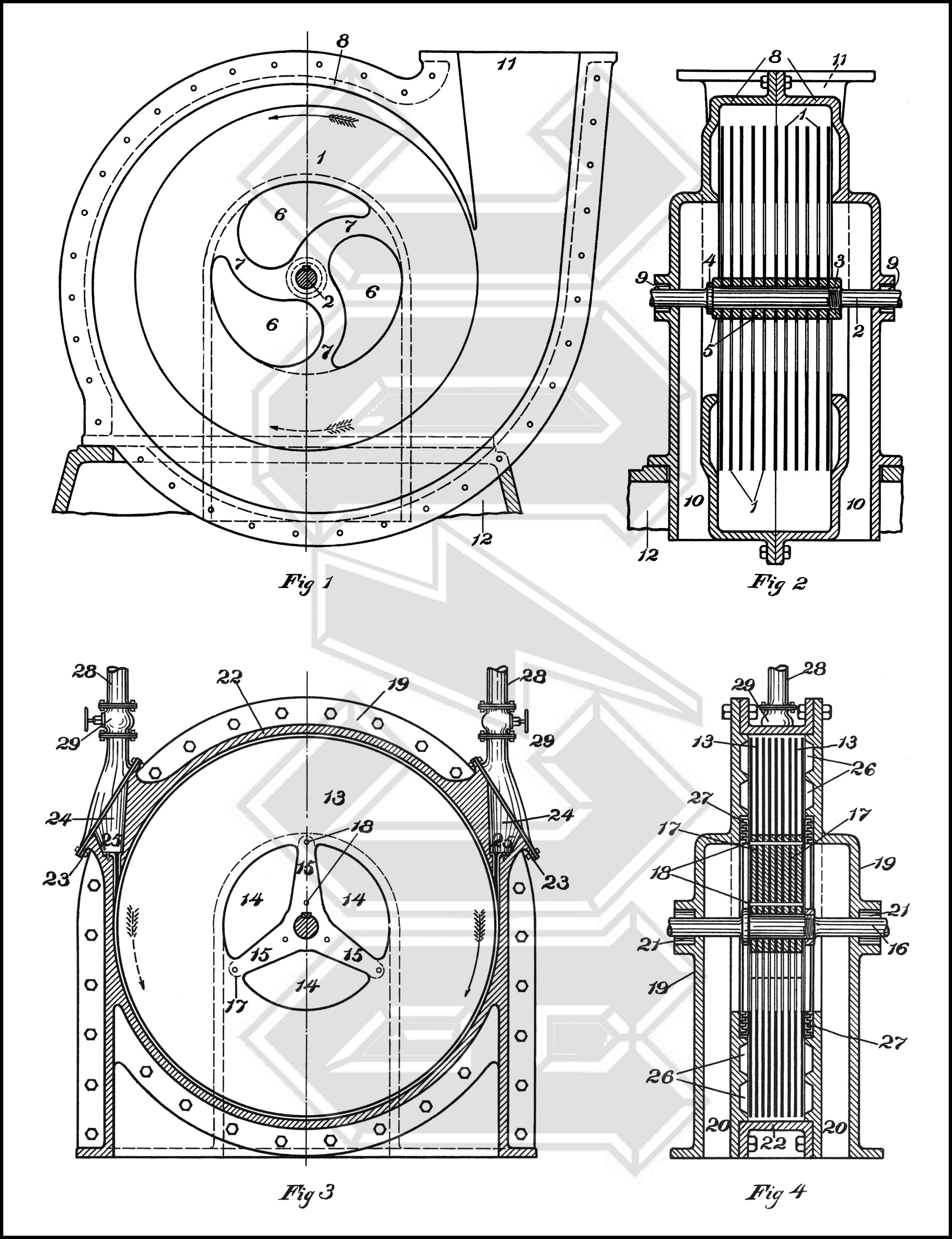
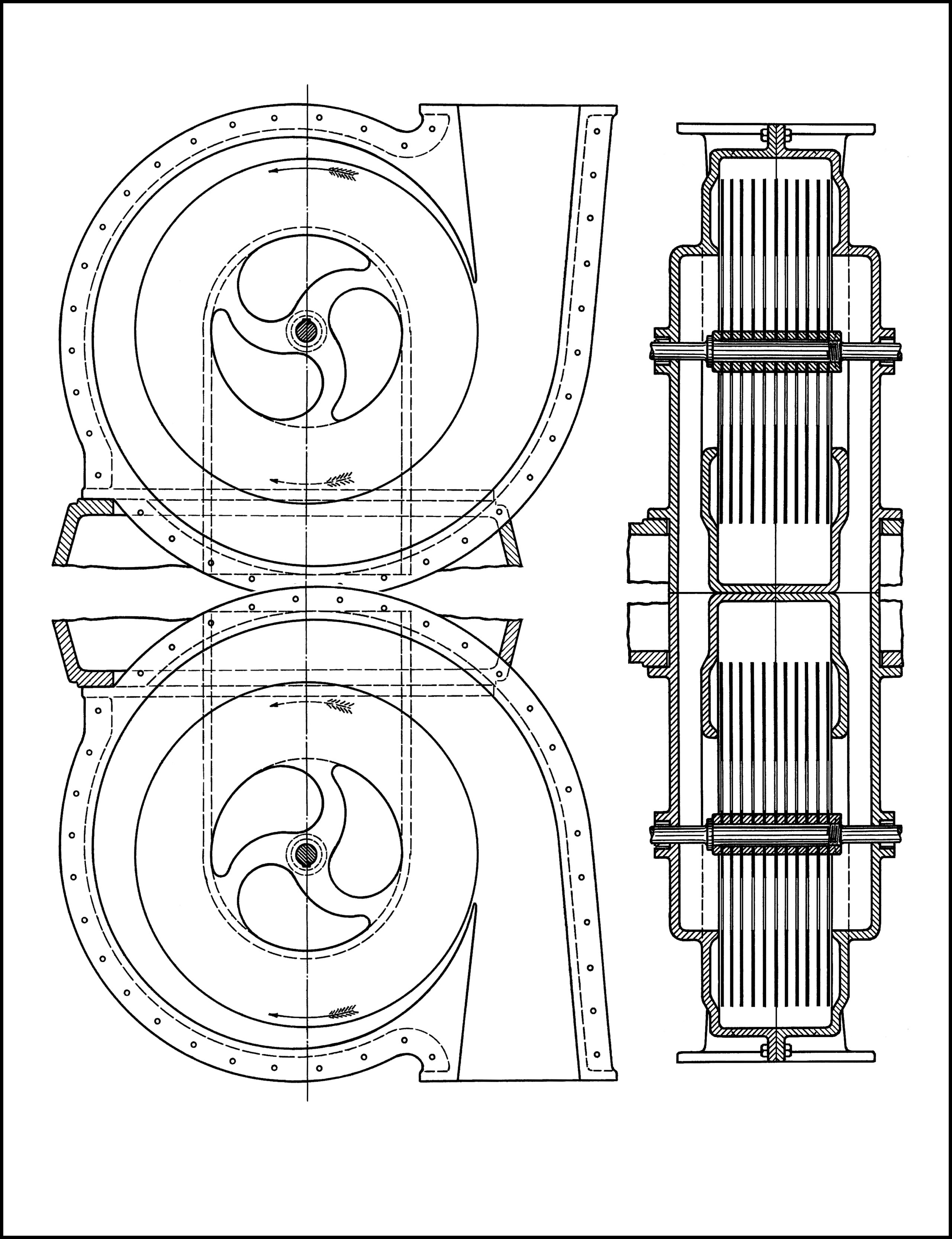
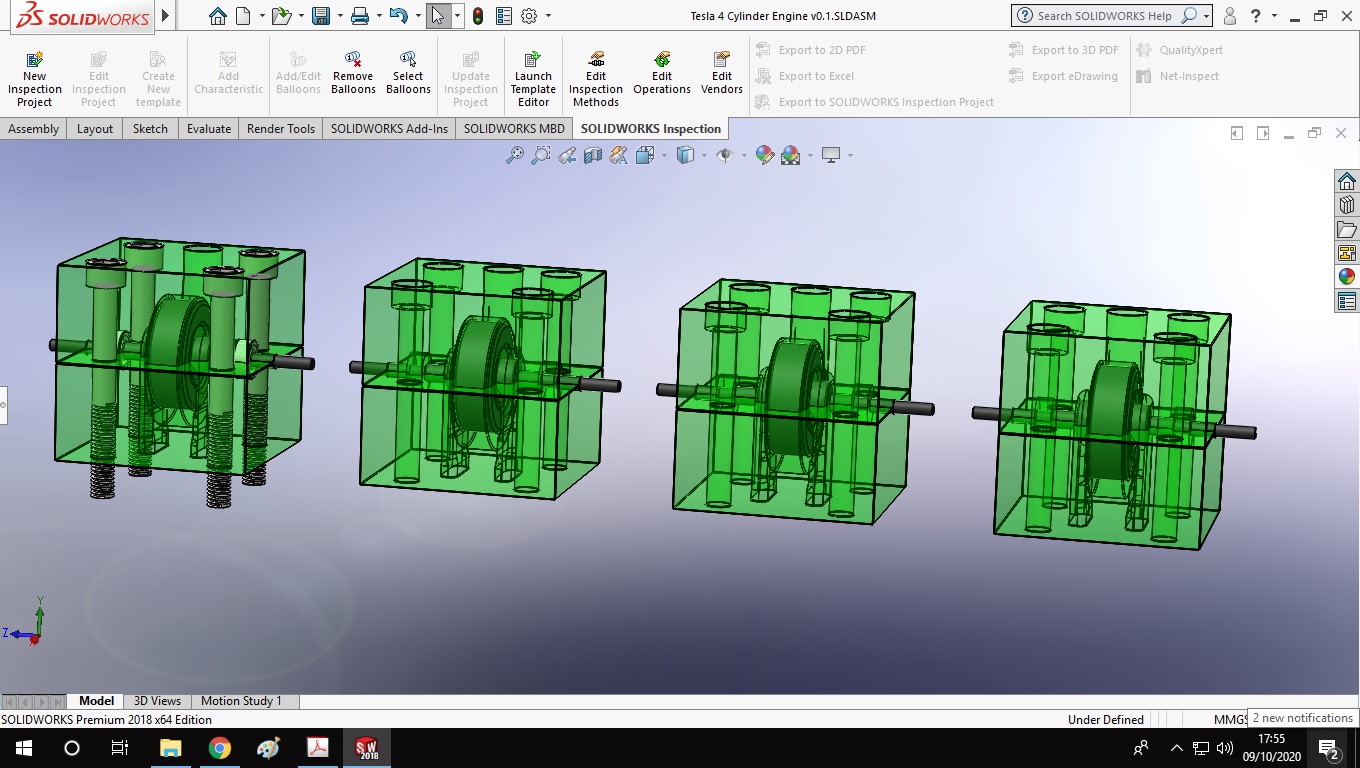
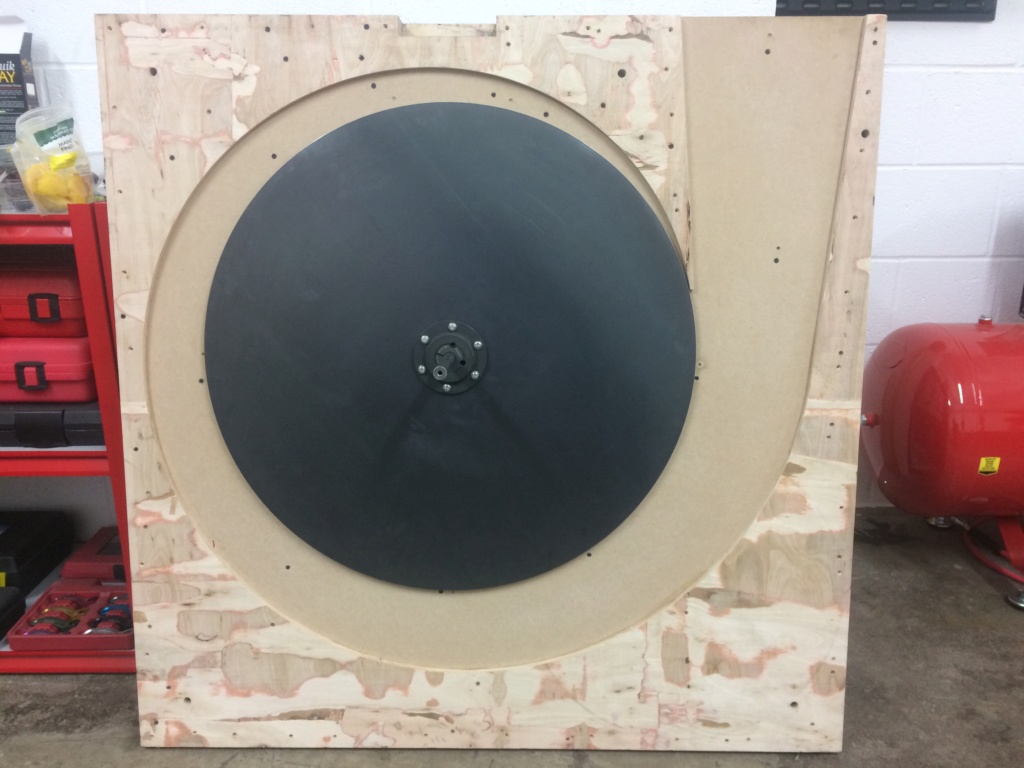





Comment